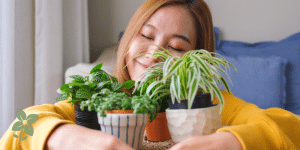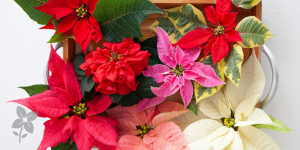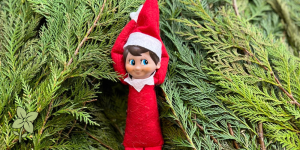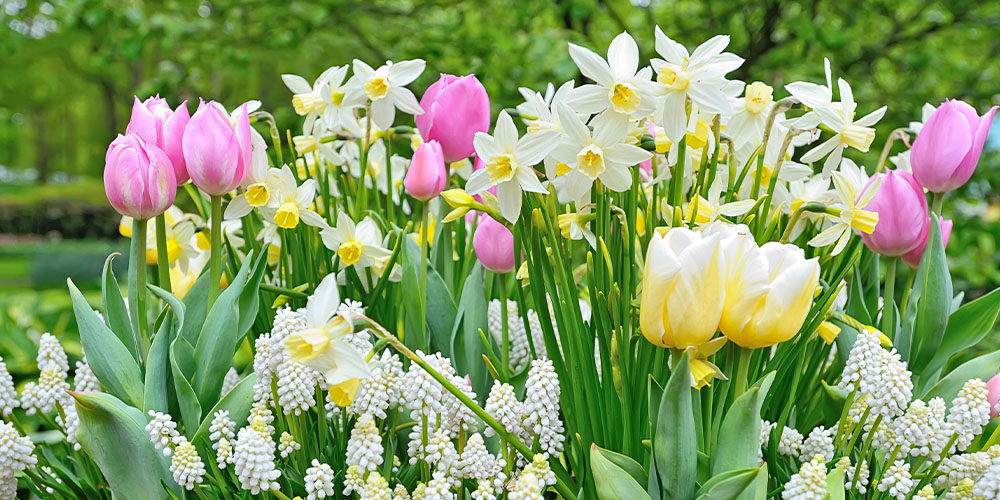
In most cases, flower gardening is a highly visual art form, from selecting the brightest annuals to arranging our containers. Bulb gardening, however, is a little different. It’s an approach to gardening not unlike a screenwriter’s approach to filmmaking; it’s idea-driven, requires ample planning and research, not to mention the task of getting the darn thing done””and all without seeing your final result. While not everyone can write a movie (at least not a very good one), anyone can plant a spectacular garden with fall bulbs; you just have to wait until spring for the premiere.
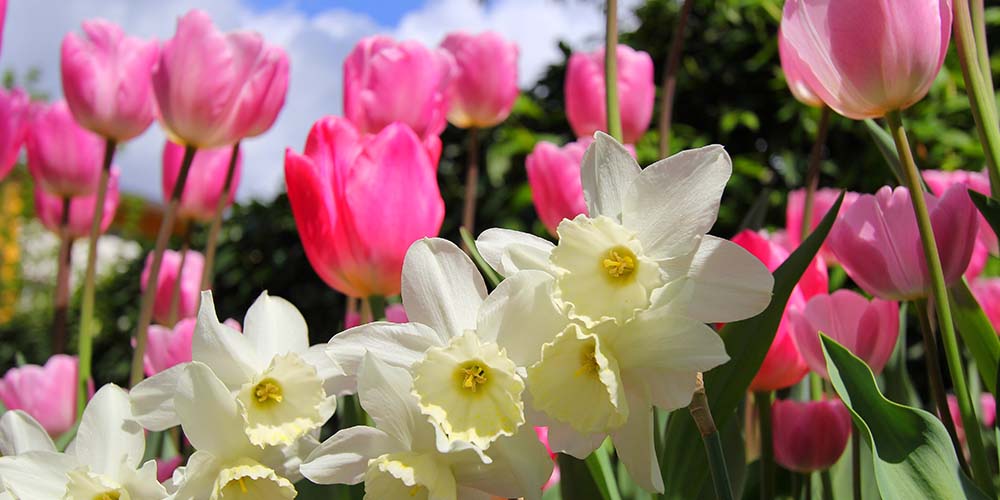 Planning Your Design
Planning Your Design
The nice thing about bulb gardening is that even a basic design is bound to look pretty good. However, the more thought you put into your design, the better the spring show will be.
- Plan Your Colours: Getting a clear sense of the colours you want in your garden is your first step. You can choose a single colour to repeat through multiple bulb species, a combination of two or three shades, or go full technicolour with a whole assortment. Choose what speaks to you.
- Pay Attention to Bloom Time: The key to continuous colour until the summer is choosing multiple varieties with different bloom times. Make sure you’re purchasing early, mid-season, and late blooming varieties in the colours you need for your design.
- Don’t Forget About Height: Each bulb variety will likely have a slightly different mature height. Planting taller varieties toward the back of your design and shorter ones in front (think class yearbook picture) will ensure all your blooms are visible at once.
- Make a Sketch: Once you start planting, you can easily lose track of where you’ve placed each bulb. Making a rough sketch of your garden bed and where you want to place each bulb will make it easier for you to plant them where you want them. Try working from the back of the bed toward the front.
 Planting Fall Bulbs
Planting Fall Bulbs
Once you have your design, it’s go-time! Planting bulbs is simple:
- Dig holes three times the height of each bulb.
- Plant bulbs with the pointed side up.
- Sprinkle some bone meal and bulb food into the holes before backfilling.
- Cover the area with a nice cozy blanket of mulch.
- Water well!
Common Bulb Gardening Mistakes
Forgetting the Bulb Food
Bulbs absorb nutrients after they flower, which means they need those nutrients in the ground before they start growing. Fertilizing in the fall while you’re planting is your last chance to feed these gorgeous flowers so you can keep them healthy for repeated planting.
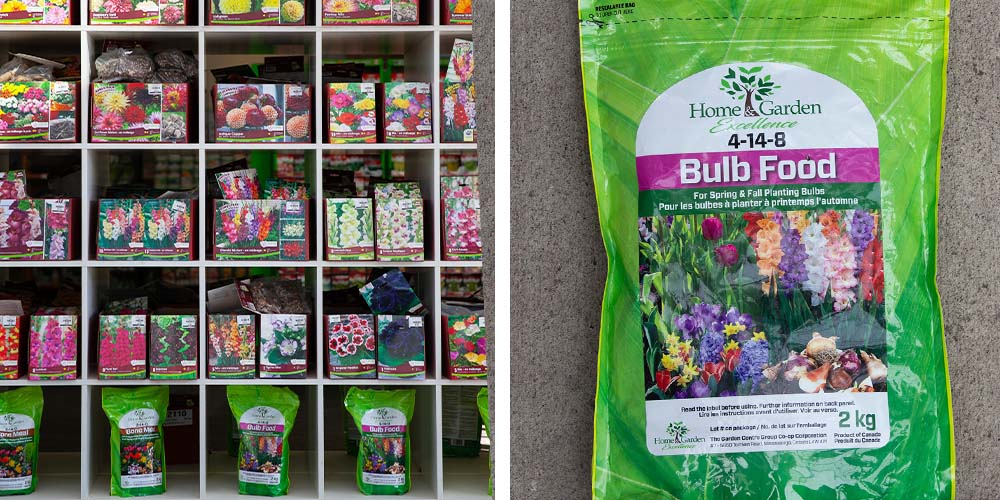 Not Planting Enough Bulbs
Not Planting Enough Bulbs
However many bulbs you think you need, double it. You may lose some bulbs to hungry critters in the spring, but densely planted bulbs are so beautiful! Don’t be afraid to plant them in layers for an abundant flower garden.
Cutting Back Green Leaves
Once flowering ends, cut off the spent flowers but leave the foliage. If the leaves are still green, they’re working to absorb energy for next year’s flowers. After they turn brown, you can remove them with shears.
Planting Too Early
Getting a jump start on your fall bulb planting sounds great in theory, but planting them while it’s still warm outside can encourage them to grow before they should and throw a wrench in your spring garden design. We recommend waiting until we have consistently cool weather, below 12 degrees Celsius, before planting.
Planting Too Late
For spring bulbs, planting in the fall is a must. However, if you miss your fall planting, you can still plant summer bulbs in the spring like gladiolus, dahlias, and lilies. It takes some planning ahead, but we promise the result is worth it.
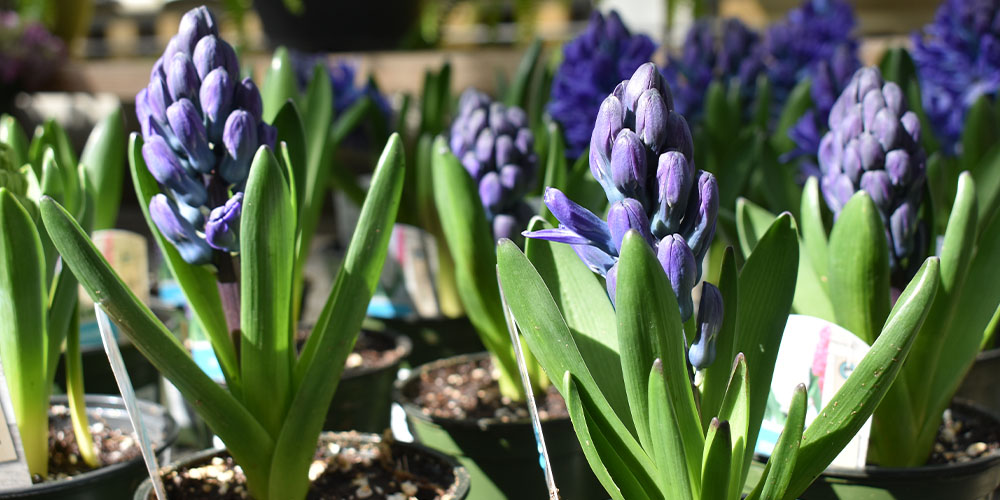
While it’s certainly a project to plan and plant a bulb garden design, the sense of accomplishment will linger with you all through the winter. Then, when springtime comes along, you can sit back and watch the whole production come to life. For more bulb garden ideas in Alberta, visit one of our greenhouses in Sherwood Park and St. Albert!

